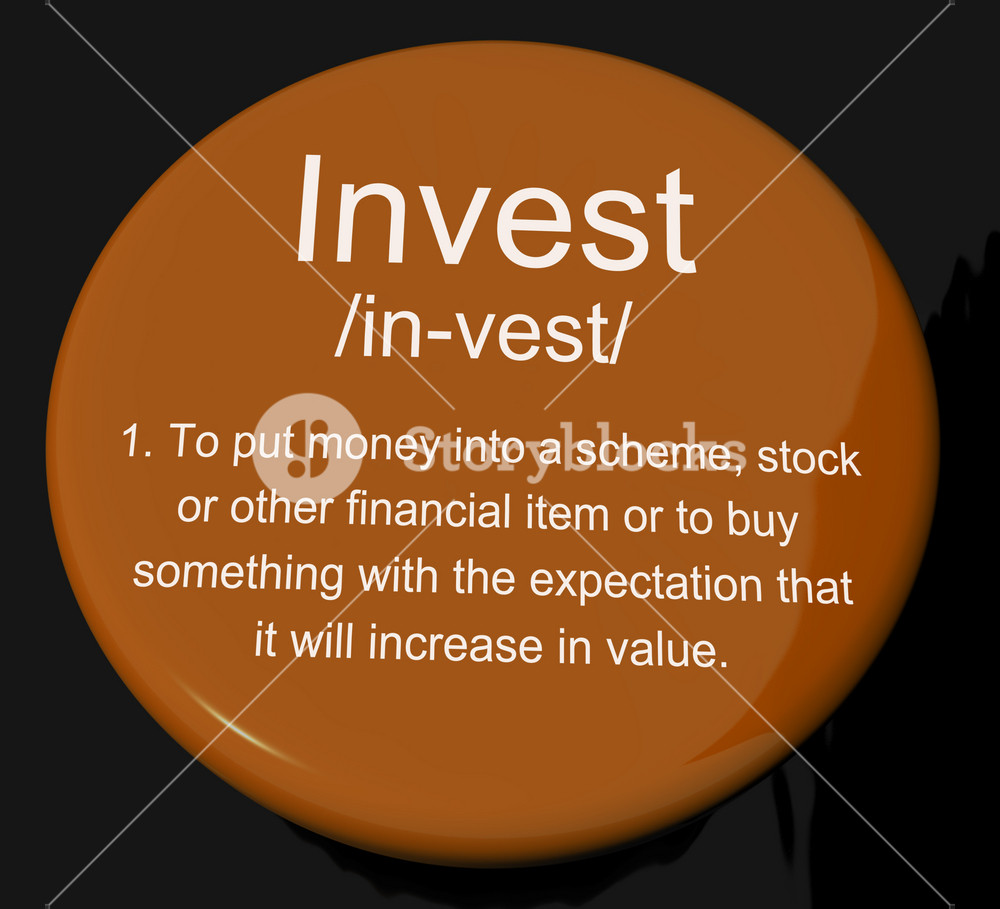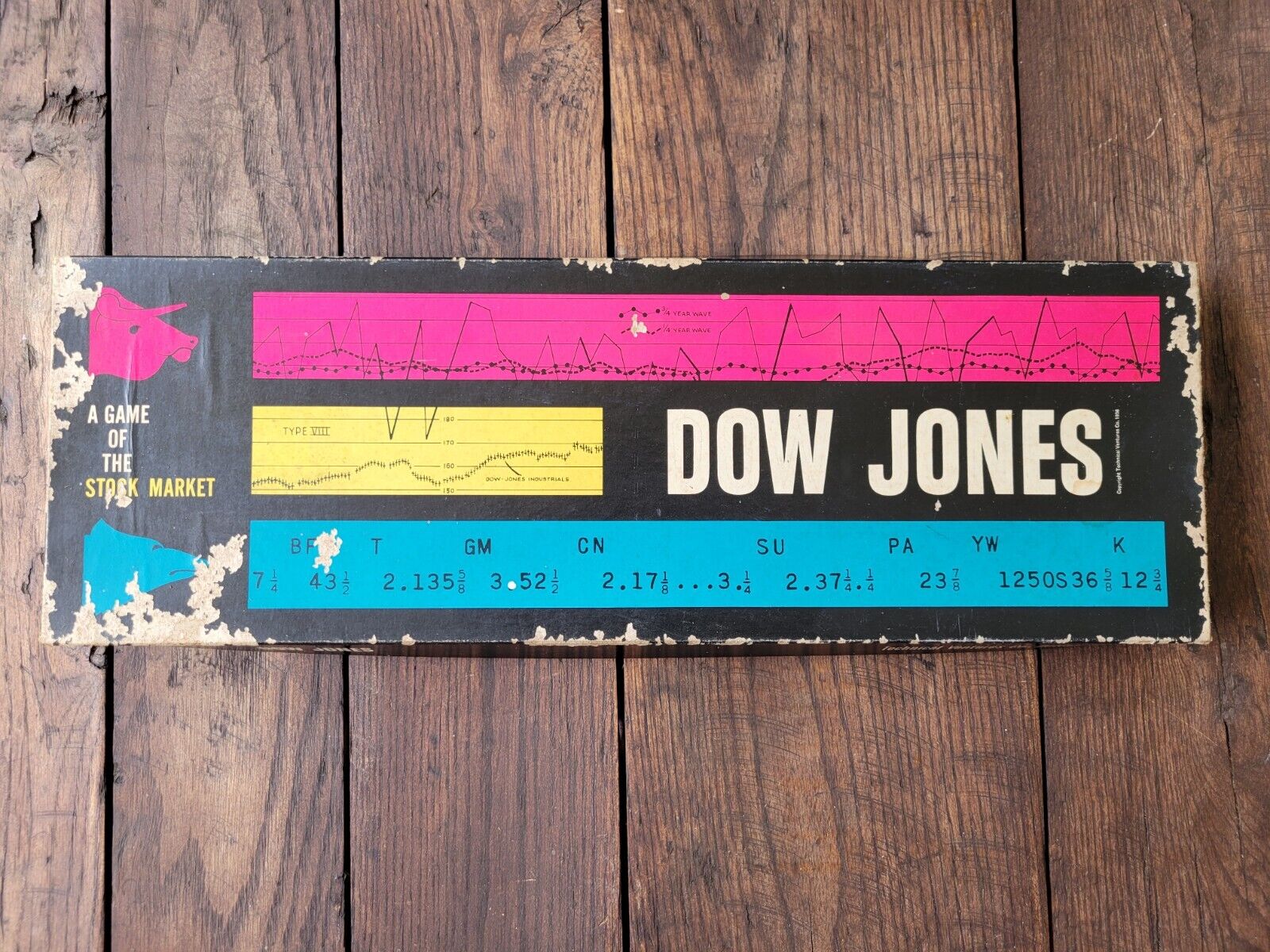
Infrastructure REITs are an internationally recognized asset class. It is known for its stability and liquidity. It also requires a relatively low initial investment, and is insensitive to macroeconomic changes. Infrastructure REITs also revitalize existing assets. These attributes allow them to increase social capital investment channels, increase direct funding and encourage the development of infrastructure investment finance financing. Infrastructure REITs make a great investment tool.
Rent rises
REITs have had difficulty negotiating leases due to the COVID-19 Pandemic, but landlords now have another option. Lease forbearance allows the REIT to delay or partially forgive rent payments. However, it must be careful to craft the agreement so that it fits within the REIT's rules. In this article, we'll discuss the options available.

Easy re-leasing
You may be considering investing in an infrastructure REIT. You have many advantages when owning an infrastructure REIT. These include tax benefits as well as increased property values and ease of reselling. Be careful when making a decision. Many REITs don't live up their potential. The REIT's income potential is a key factor in maximising your profits.
Initial investment is low
If you're looking for an easy way to invest in real estate with low initial costs, infrastructure REITs could be the answer. The right strategy can help you create an income stream that is easy to manage. While these investments do not guarantee high returns, they are an excellent option for long term investors. Although this investment process is straightforward investors should be attentive to interest rates as well as understand the risks.
Macro factors are not sensitive to low levels
The SKEW index measures the tail risk of S&P500 returns and is not a factor in REIT returns. These macroeconomic factors can be significant for some REIT sectors but they do not correlate with REIT returns. The SKEW index can have positive or negative effects on retail and office REIT returns. But, it is not always possible to have low sensitivity towards macroeconomic factors.
Potential for growth
The rising demand for property is an indication of the growth potential in infrastructure REIT. These investments used to be dominated by buildings like office towers or industrial parks. Recent changes have seen the industry shift to listed infrastructure. Its growth potential is evident in its long-term track record, and investors have a better understanding of the fundamental characteristics of listed infrastructure than before.

Risks
Most common among infrastructure REIT risks is business interruption. Uninsured losses can cause this, which can increase the company's already-existing concerns. Nearly 97 per cent of REITs identify business interruption as their number one concern. Some REITs might underestimate the importance of business disruption risk. In certain cases, the possible damage to business interruption could prove catastrophic.
FAQ
How Share Prices Are Set?
The share price is set by investors who are looking for a return on investment. They want to make profits from the company. So they purchase shares at a set price. Investors will earn more if the share prices rise. If the share price goes down, the investor will lose money.
An investor's main objective is to make as many dollars as possible. This is why investors invest in businesses. It helps them to earn lots of money.
What is a mutual funds?
Mutual funds can be described as pools of money that invest in securities. They offer diversification by allowing all types and investments to be included in the pool. This reduces risk.
Professional managers oversee the investment decisions of mutual funds. Some funds let investors manage their portfolios.
Mutual funds are preferable to individual stocks for their simplicity and lower risk.
Why is a stock called security.
Security is an investment instrument that's value depends on another company. It can be issued as a share, bond, or other investment instrument. If the underlying asset loses its value, the issuer may promise to pay dividends to shareholders or repay creditors' debt obligations.
Statistics
- For instance, an individual or entity that owns 100,000 shares of a company with one million outstanding shares would have a 10% ownership stake. (investopedia.com)
- US resident who opens a new IBKR Pro individual or joint account receives a 0.25% rate reduction on margin loans. (nerdwallet.com)
- Individuals with very limited financial experience are either terrified by horror stories of average investors losing 50% of their portfolio value or are beguiled by "hot tips" that bear the promise of huge rewards but seldom pay off. (investopedia.com)
- Ratchet down that 10% if you don't yet have a healthy emergency fund and 10% to 15% of your income funneled into a retirement savings account. (nerdwallet.com)
External Links
How To
How to Trade in Stock Market
Stock trading is a process of buying and selling stocks, bonds, commodities, currencies, derivatives, etc. Trading is a French word that means "buys and sells". Traders are people who buy and sell securities to make money. This type of investment is the oldest.
There are many options for investing in the stock market. There are three basic types: active, passive and hybrid. Passive investors watch their investments grow, while actively traded investors look for winning companies to make a profit. Hybrid investors use a combination of these two approaches.
Passive investing involves index funds that track broad indicators such as the Dow Jones Industrial Average and S&P 500. This method is popular as it offers diversification and minimizes risk. Just sit back and allow your investments to work for you.
Active investing involves picking specific companies and analyzing their performance. Active investors will analyze things like earnings growth rates, return on equity and debt ratios. They also consider cash flow, book, dividend payouts, management teams, share price history, as well as the potential for future growth. They decide whether or not they want to invest in shares of the company. If they feel that the company's value is low, they will buy shares hoping that it goes up. On the other hand, if they think the company is overvalued, they will wait until the price drops before purchasing the stock.
Hybrid investing combines some aspects of both passive and active investing. You might choose a fund that tracks multiple stocks but also wish to pick several companies. In this instance, you might put part of your portfolio in passively managed funds and part in active managed funds.